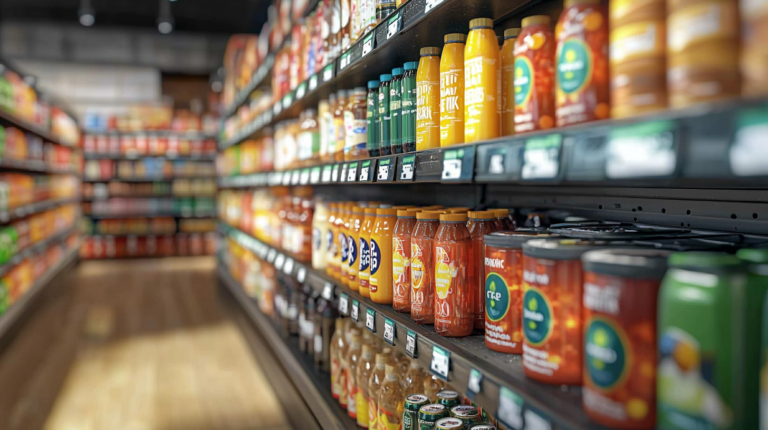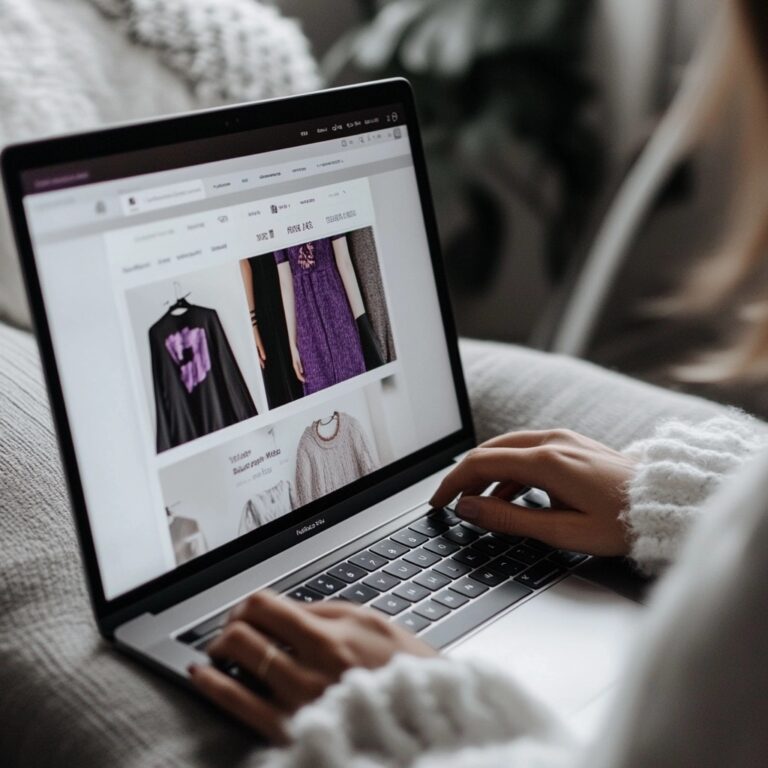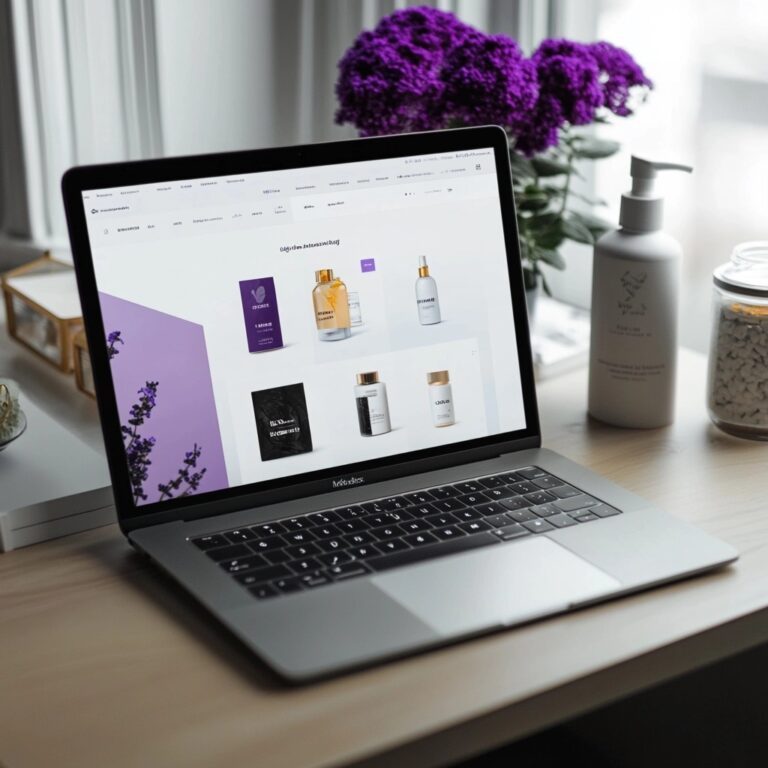Maximizing Efficiency and Volume for Beauty Brands: Achieving Profitable Scale Despite Pending Tariffs

Beauty brands are operating in a high-stakes environment—where consumer expectations are climbing, acquisition costs are volatile, and operational complexity is intensifying. Now, with renewed discussions around tariffs and global trade uncertainty, a new layer of pressure is emerging.
While tariffs may not directly hit your hero SKUs today, they’ve reignited a conversation that’s impossible to ignore: How do you protect profitability and scale efficiently when external forces are beyond your control?
This is no longer just a sourcing conversation—it’s a full-spectrum strategy discussion. From how you price and position your products, to how you allocate media spend, to where and how your products are made, the most forward-thinking CMOs and CFOs in beauty are already pivoting.
The bottom line is that a profitable scale is still possible. It requires proactive decision-making, tighter cross-functional alignment, and an efficient growth model.
Let’s unpack the biggest levers beauty brands are pulling to drive volume while defending margin in a high-risk, high-cost environment.
1. Strategic Price Increases: Raise Smart, Not Fast
For many brands, price increases are the first move. But beauty consumers are some of the most value-conscious in the retail space. Raise prices without adjusting how you communicate value, and you’re likely to see a dip in conversion and a spike in CAC.
A smart price strategy for beauty should include:
- Test and learn on your highest-margin SKUs—especially those with strong loyalty or subscription attach rates.
- Refine audience targeting to focus on customers with higher purchase intent and price tolerance (e.g., skincare loyalists vs. casual fragrance buyers).
- Dial in storytelling around product efficacy, ingredient quality, and brand mission. When prices go up, expectations rise—your brand promise needs to rise with it.
Think of this as an opportunity to reposition and reinforce your brand’s value—not just increase your AOV.
2. Margin Down, Market Share Up
Not every brand will raise prices. Some will choose to absorb the cost, protect the customer experience, and win market share while competitors play catch-up.
This can be a winning strategy—but only if you know your numbers:
- What’s your true LTV by cohort, not just blended averages?
- How fast do you recoup CAC in different categories (e.g., prestige skincare vs. color cosmetics)?
- What contribution margin is left after factoring in promo costs, fulfillment, and post-purchase retention?
This play favors brands with strong repeat purchase behavior, high product stickiness, and the ability to retarget efficiently. You’ll need to double down on media efficiency—cutting waste and leaning into the platforms and creatives that drive real, profitable growth.
3. Sourcing Shifts: More Than a Cost Play
Tariff talk is reigniting deeper conversations in beauty boardrooms about supply chain resilience. Many brands—especially those with component-heavy SKUs (think packaging, actives, and brush hardware)—are reassessing where and how they manufacture.
Key moves we’re seeing in beauty:
- Auditing exposure to tariff-impacted regions, especially for packaging and ingredients.
- Exploring nearshoring to Mexico or Central America to mitigate long-term geopolitical risk.
- Aligning operations to brand promise—especially around sustainability, ingredient transparency, and speed to market.
This isn’t just about survival. It’s about designing a supply chain that supports your brand’s long-term equity and agility.
4. Marketing & Media: Efficiency is the Mandate
When costs rise, ad budgets are often the first on the chopping block. But cutting without precision is a fast path to stagnation.
Ben Dutter, CSO at Power Digital and Founder of Fusepoint, summed it up perfectly in a recent LinkedIn post:
“Highly efficient, incremental customer acquisition — irrespective of price and investment — is going to be the lifeblood of most businesses until they become category leaders.”
Translation: it’s not about spending less—it’s about spending smarter.
Beauty brands need to:
- Run incrementality tests to pinpoint where spend is driving true new customer growth.
- Double down on channels with the strongest LTV:CAC ratio—and stop pouring budget into platforms that only drive short-term volume.
- Prioritize high-margin hero products in acquisition campaigns, even if they’re not your top sellers.
Your media dollars should be surgical—every dollar working harder, every campaign laddering up to long-term profitability.
Power Digital’s Offensive Strategies Against Tariffs: A Checklist for Beauty Brands
Use this checklist to help your beauty brand stay competitive, protect margins, and maintain customer loyalty in a volatile market:
- Elevate Brand Storytelling & Local Value: Highlight what makes your beauty brand worth the investment: clean ingredients, dermatologist-tested formulas, ethical sourcing, cruelty-free certifications, or Made in USA claims. Lean into regional pride or local production stories to build emotional loyalty.
- Introduce Financing Options: Offer “Buy Now, Pay Later” (BNPL) services like Klarna or Afterpay to ease the burden of higher price points. Promote these options in ads and emails to reduce sticker shock and lower barriers to purchase.
- Use Dynamic Pricing Tools: Consider AI-driven pricing tools that adjust prices in real-time based on demand, market shifts, and supply chain disruptions to maintain competitiveness without sacrificing profitability.
- Collaborate with Suppliers to Offset Costs: Renegotiate terms with your manufacturers or explore alternative sourcing from tariff-free regions. Highlight any improvements (e.g., “now sourced from France” or “new packaging, same clean formula”) in your marketing.
- Streamline the Checkout Experience: Make shipping costs, taxes, and any added fees crystal clear before purchase. Transparency reduces cart abandonment and boosts customer confidence.
- Invest in Influencer & Affiliate Marketing: Use influencers and brand ambassadors to educate audiences about product value, especially when pricing shifts. Affiliate programs can also amplify your message across niche communities and blogs.
- Run Value-Driven Promotions (Without Deep Discounts): Focus on GWP (gift with purchase), exclusive product bundles, free shipping thresholds, or loyalty point boosts. Protect your brand equity while still offering meaningful incentives.
- Reinforce Loyalty Program Benefits: Encourage repeat purchases with tiered rewards, exclusive drops, early access to new products, or birthday gifts. Make your program feel like a true VIP club.
- Optimize Paid Media Around Best-Sellers & High-ROAS Audiences: Refresh ad feeds to prioritize high-margin, top-performing SKUs. Focus budget on proven audiences and retargeting that drives incremental growth.
- Promote Local or Domestic Sourcing: Use messaging like “Made in the USA” or “Locally Formulated” as a trust-builder and differentiator—especially important as global supply chains fluctuate.
- Train Customer Support Teams on Pricing Questions: Ensure your service reps are equipped to explain why pricing may have shifted, address shipping concerns, and reinforce the value of your product.
- Explore New Markets Less Impacted by Tariffs: If your brand can ship globally, consider testing expansion to EU or Australia/New Zealand markets, where tariffs may not apply and beauty demand is strong.
At Power Digital, we help beauty brands navigate moments of change—whether it’s economic uncertainty, rising acquisition costs, or shifts in global policy. Our team partners across media, data, and digital transformation to build growth engines that are efficient, profitable, and built to last. If you’re looking for a strategic partner to keep your beauty brand ahead of the curve— Let’s talk!
Our Editorial Standards
Reviewed for Accuracy
Every piece is fact-checked for precision.
Up-to-Date Research
We reflect the latest trends and insights.
Credible References
Backed by trusted industry sources.
Actionable & Insight-Driven
Strategic takeaways for real results.

















